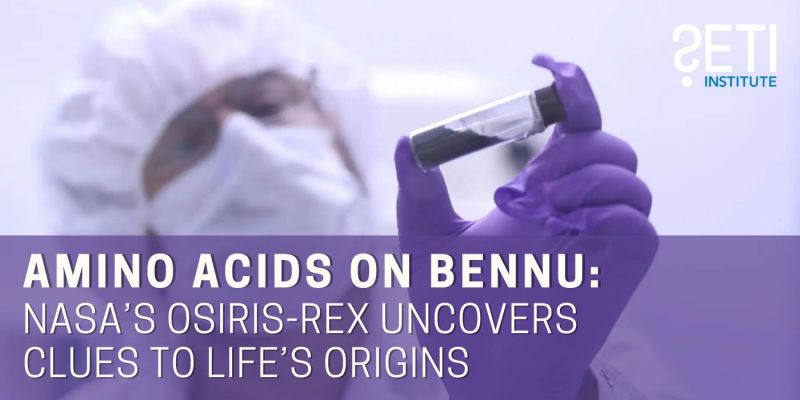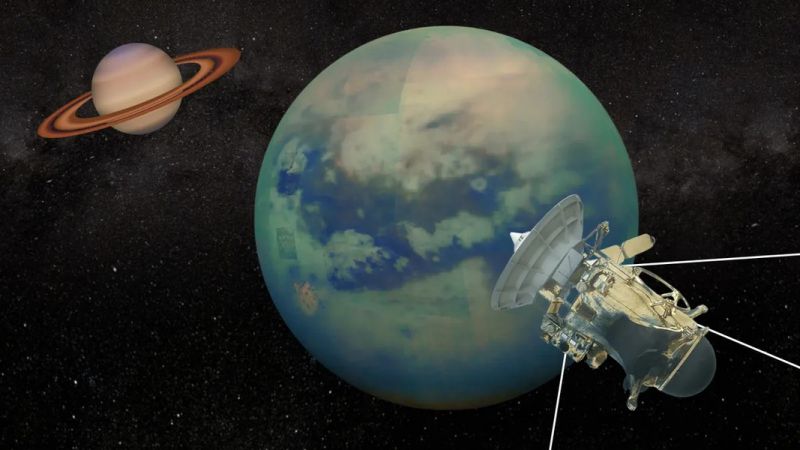
Planetary Picture of the Day
Week of February 10, 2025
We look back at Pioneer 10, then out at a ring of gravitational lensing, then back in at Mars, and once again, back out at the Heart and Soul nebulae in honor of Valentine's Day.
Monday, 10 February 2025

Pioneer 10
On this date in 1976, Pioneer 10 became the first spacecraft to cross Saturn's orbit.
On the way, it recorded data indicating that Jupiter’s enormous magnetic tail, almost 800 million kilometers long, covered the whole distance between Jupiter and Saturn.
Pioneers 10 and 11 carried small metal plaques identifying their time and place of origin, which would benefit any future spacefarers who might find them.
Tuesday, 11 February 2025

Jeweled Ring
This ESA/Webb picture features the gravitational lensing of the quasar known as RX J1131-1231, located roughly 6 billion light-years from Earth in the constellation Crater. It is considered one of the best-lensed quasars discovered to date, as the foreground galaxy smears the image of the background quasar into a bright arc and creates four images of the object.
Gravitational lensing, first predicted by Einstein, offers a rare opportunity to study regions close to the black hole in distant quasars, by acting as a natural telescope and magnifying the light from these sources. All matter in the Universe warps the space around itself, with larger masses producing a more pronounced effect. Around very massive objects, such as galaxies, light that passes close by follows this warped space, appearing to bend away from its original path by a clearly visible amount. One of the consequential effects of gravitational lensing is that it can magnify distant astronomical objects, letting astronomers study objects that would otherwise be too faint or far away.
Thursday, 13 February 2025

On the Rim of ‘Rustic Canyon’
NASA’s Mars rover Curiosity acquired this image, taken from the rim of a crater named “Rustic Canyon,” using its Left Navigation Camera on sol 4429 — or Martian day 4,429 of the Mars Science Laboratory mission — on Jan. 20, 2025, at 23:05:33 UTC.
Friday, 14 February 2025

Heart and Soul
The Heart and Soul nebulae are seen in this infrared mosaic from NASA's Wide-field Infrared Survey Explorer, or WISE. The image covers an area of the sky over ten times as wide as the full moon and eight times as high (5.5 x 3.9 degrees) in the constellation Cassiopeia.
Located about 6,000 light-years from Earth, the Heart and Soul nebulae form a vast star-forming complex that makes up part of the Perseus spiral arm of our Milky Way galaxy. The nebula to the right is the Heart, designated IC 1805 and named after its resemblance to a human heart. To the left is the Soul nebula, also known as the Embryo nebula, IC 1848 or W5.





